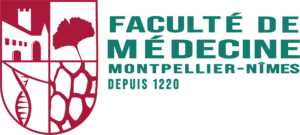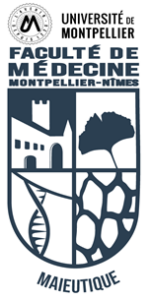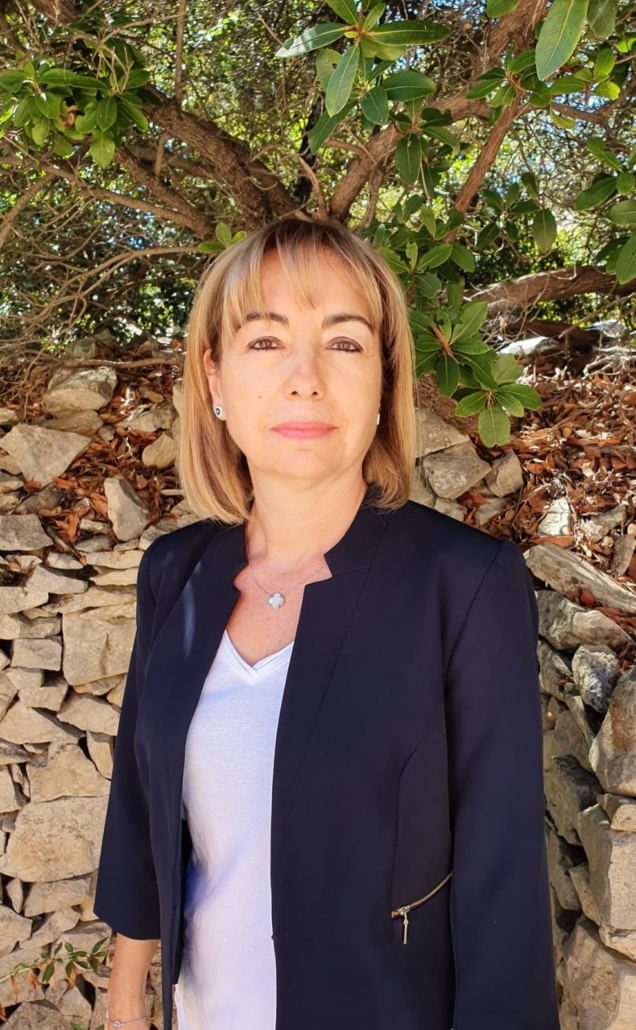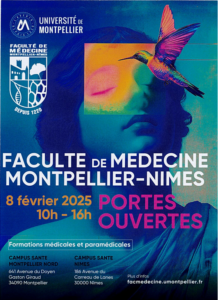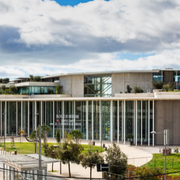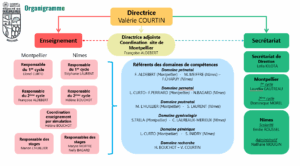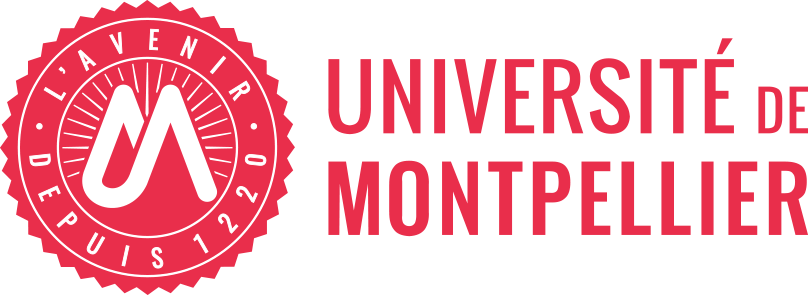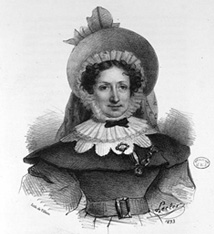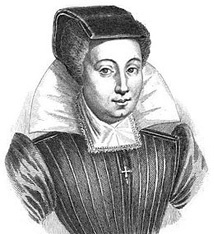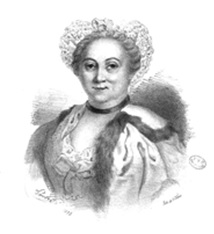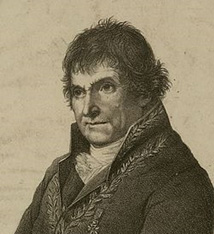
He was born on July 2, 1746 in Dijon, in the parish of Saint Pierre.
His father was a master glazier.
After attending the Dijon hospital, his mother sent him to Paris to continue his medical studies, and he enrolled at the Collège Royal de Chirurgie, where he attended regularly from 1765 to 1767, studying anatomy under Raphaël SABATIER and Jean-Joseph SUE.
At the same time, he was being introduced to surgery at de Lafaye's clinics and, in the afternoon, at Isaac GOURSAUD's.
His years as a surgeon came to an end in 1768, when he was awarded the title of Master of Surgery.
He married Jeanne CARRE, daughter and granddaughter of a master surgeon, on July 27, 1767 in Quetigny, Côte d'Or. Together they had a son, Bernard François Hector (1769-1837).
In 1769, he opened a free course in human and comparative anatomy, which was followed by many students for over ten years.
In 1774, the States of Burgundy had created a chemistry teaching program with Louis-Bernard GUYTON de MORVEAU as full professor and Hugues MARET and François CHAUSSIER as assistants. When MARET died in 1786, he was promoted to second professor of chemistry.
In Dijon, his professional qualities won him the favor of his clientele, and his reputation quickly spread beyond Burgundy. He made a name for himself at the Académie de Chirurgie with several communications, and was awarded the Académie's Gold Medal at the public session of April 10, 1777.
He was awarded his Doctorate in Medicine from the University of Besançon on January 14, 1780, and in 1784 became a correspondent of the Société Royale de Médecine. That same year, he was admitted to the Académie des Sciences, Arts et Belles-Lettres de Dijon, where he became Secretary General following Guyton de Morveau's retirement.
In 1785, at the request of the States of Burgundy, he published a popular instruction on rabid animal bites: "Méthode de traiter les morsures des animaux enragés, et de la vipère; suivie d'un précis sur la pustule maligne" (with Joseph Enaux 1726-1798).
In 1789, he published a study on the muscles of the human body, in which he proposed a more rational classification than that hitherto taught: "Exposition sommaire des muscles du corps humain suivant la classification et la nomenclature méthodiques adoptées au cours public d'anatomie de Dijon"; this work was republished in 1797.
On December 20, 1789, he read a paper for the Dijon Academy entitled "Observations chirurgico-légales sur un point important de la jurisprudence criminelle" (Surgical-legal observations on an important point of criminal jurisprudence), in which he demonstrated the role that physicians could play in enlightening the judiciary; this work was well received, and the following year he opened a course in Legal Medicine in Dijon.
On 3 nivôse an III (December 23, 1794), he married Angélique LABOREY in Dijon (Section du Crébillon), and they also had a son Franck Bernard Simon (1804-1866).
In 1794, Antoine-François Fourcroy was commissioned by the National Convention to reorganize medical education, and he sought out someone who could suggest the details of this organization. Claude-Antoine Prieur-Duvernois, from the Côte-d'Or, who was in charge of Science and Arts Education at the Comité de salut public, pointed him in the direction of François Chaussier, who joined the Comité de l'Instruction Publique: he drew up a report and a draft decree, which he read at the Convention on 7 frimaire de l'an III (November 27, 1794); in it, he proposed the creation of a single "Ecole centrale de Santé" in Paris; the members of the Convention, broadly open to decentralization, asked for the creation of other similar schools in Montpellier and Strasbourg, and it was on this basis that the report was adopted on 14 frimaire (December 4).
Chaussier returned to Dijon, where he resumed his courses and studies, as well as the missions he had been entrusted with: in April 1793, he had been appointed physician to the Dijon Hospices and Prison Surgeon; he did not remain there for long, however, as he was recalled to Paris to take up the chair of anatomy and physiology at the Ecole de Santé. Chaussier was, in the words of Joseph-Henri Réveillé-Parise, the most famous professor of physiology at the Ecole de Paris: he defended vitalism as the basis of all physiological studies.
A decree of 7 Vendémiaire An III (September 28, 1794) officially created the École Centrale des Travaux Publics, the future École Polytechnique, and less than a month after its opening, the Board of Governors proposed installing an infirmary and appointing a "health officer" (a revolutionary designation for doctors) to care for sick students and give lessons on "the art of preventing illness and alleviating it". The following year's list of Ecole Polytechnique staff includes him as assistant to Claude Louis Berthollet, "in charge of the Zootechnie and Salubrity course, and as the School's Physician": in fact, he taught Berthollet's course during his absence in Italy in 1796-1797. After the regularization of chemistry teaching, Chaussier seems to have abandoned the teaching of this science and confined himself almost entirely to his duties as physician.
In 1799, "Les tables synoptiques" was published to great acclaim. They provide a summary of the physiology, pathology and therapeutics of the various anatomical systems of the human body.
On May 9, 1804, he was appointed Hospice Physician at the Maternity Hospital, and was entrusted with the presidency of the medical juries for the Health Officer, Pharmacist and Midwife examinations for the district of the Paris Faculty of Medicine.
He was a member of the commission appointed by the Minister of the Interior in October 1810 to study "secret remedies", alongside André Marie Constant Duméril, Jean-Joseph Menuret and Nicolas Deyeux.
In 1815, after the fall of the First Empire, he was replaced as doctor at the Ecole Polytechnique, but he held his chair at the Faculty until November 21, 1822, when the Restoration changed the organization of the Faculty: he was named honorary professor and his chair was withdrawn. He was bitterly disappointed, and the next day suffered a stroke that temporarily left him unable to walk or talk. He recovered, however, but remained hemiplegic, which did not prevent him from continuing his work at the Maternity Hospital.
On May 6, 1823, he was admitted to theAcadémie des Sciences.
Between 1824 and 1827, he published several works on forensic medicine: "Manuel médico-légal des poisons, précédé de considérations sur l'empoisonnement" ("Forensic manual on poisons, preceded by considerations on poisoning").14Recueil de mémoires, consultations, et rapports sur divers objets de médecine légale" ("Collection of memoirs, consultations and reports on various subjects of forensic medicine")15Mémoire médico-légal sur la viabilité de l'enfant naissant, présenté à Mgr le garde des sceaux, ministre de la Justice" ("Forensic report on the viability of newborn babies, presented to the Minister of Justice")16
François Chaussier died of a stroke at his Paris home on June 19, 1828, aged 81.
He was buried in Père-Lachaise Cemetery (18th division) on June 21: Nicolas-Philibert Adelon delivered a speech on behalf of the Académie, Marie-Alexandre Désormaux, representing the Faculté, did the same, and Duméril, on behalf of the Académie Royale des Sciences, read a long eulogy.
Don2nd son, Franck CHAUSSIER followed in his father's footsteps, defending his doctoral thesis in Montpellier in 1827.
He is a French physician, professor at the Paris Faculty of Medicine, member of the Académie royale de médecine and the Académie des sciences.
Chaussier was the main editor of theEncyclopédie méthodique's articles on pharmacy.13.
